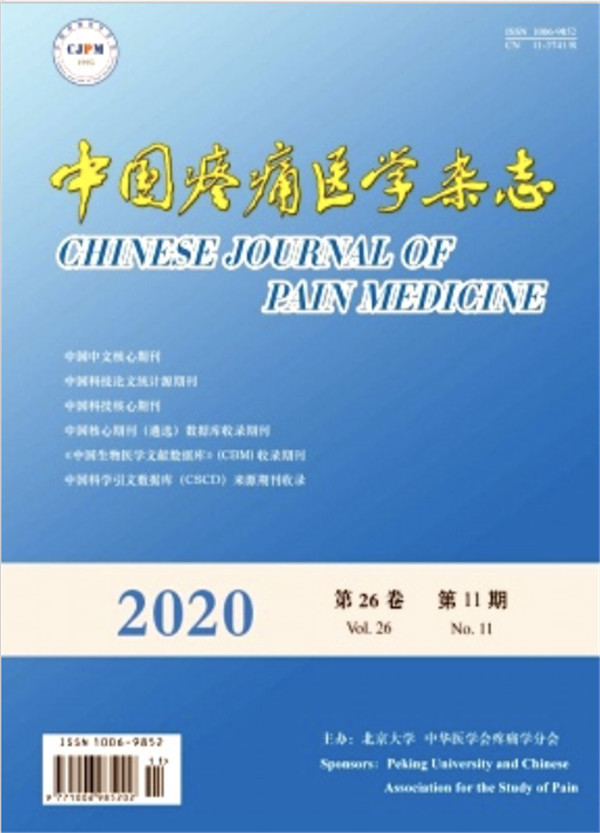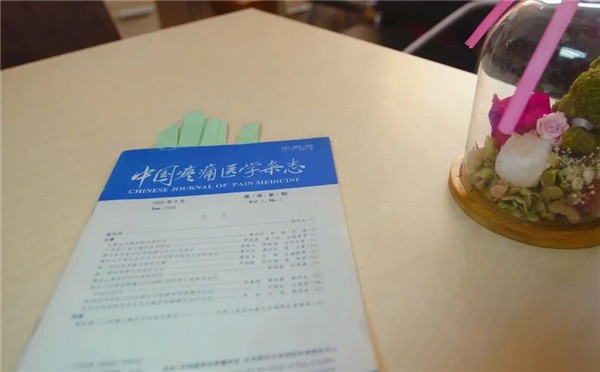Peking University, February 8, 2021: “Family” was the word most frequently mentioned during an interview with Han Jisheng, honorary director of the Neuroscience Research Institute at Peking University and founding president of the Chinese Association for the Study of Pain. Notably, Han is the founding editor-in-chief of Chinese Journal of Pain Medicine. The journal has brought authors, editors and readers together. Now, like a big loving family, they support one another and devote themselves to the common goal of facilitating the development of pain medicine in China. While the journal itself is focused primarily on pain, behind the work is a network of support, showing patients the positive effects of care and support.

Chinese Journal of Pain Medicine

Han Jisheng
Since its first publication in 1995, the Chinese Journal of Pain Medicine has been an author-centered journal. Recalling the first few years when he was still editor-in-chief, Han said the papers at that time were mainly written by clinicians who were unskilled in academic writing. Articles sent to the editorial office were mostly handwritten. A typist was hired to type out manuscripts which were printed and handed out for review by editors. Editors worked closely with authors to help with formatting and polishing language. Papers came back covered in red ink with comments and corrections, and some passages were even rewritten by editors. Such traditions continue to this day. Moreover, Han continues to contribute to the journal by reviewing and giving suggestions to editors. Han even holds an annual contest with a top prize of 10,000 yuan, selecting and grading submitted articles, and awarding authors on the grounds of their devotion to scientific research. The competition shows no signs of stopping, and it receives funding from many chief editors who are willing to contribute their own money to the journal. In many ways, the primary purpose of the journal is not only to publish entries on the latest research, but also to provide a meaningful learning process for its authors, cultivate talented individuals and to build the pool of pain medicine experts in China.

The first issue in 1995

A paper with Han’s annotations
The Chinese Journal of Pain Medicine also maintains itself as a reader-centered journal. Han emphasizes the use of graphs in the journal. He explains that graphs are much more accessible to readers and are more likely to leave an impression. “I have always held myself to the standards of a PKUer. I need to keep improving and strive for excellence,” Han said. “We always insist on prioritizing the reader and the needs of the author. In this way, the journal maintains a strong personal rapport with both its readers and its authors.”
The Chinese Journal of Pain Medicine acknowledges all the hard work of its editorial staff, who often refer to the editorial office as their “home”. The entire editorial team is one big family bonded by a common goal. That goal is also their biggest reward, to see the journal grow and thrive throughout the years. Over the course of its growth, the journal has moved from quarterly to monthly publications and from 64 to 84 pages per issue. Furthermore, the impact factor of the journal has increased from almost zero in 2017 to 2.381 in 2019. The journal was also included in Peking University’s A Guide to the Core Journals of China (since 2004 edition).


Han, who is a member of the Chinese Academy of Sciences, also noted the importance of international academic exchanges and cooperation. In 1979, he was invited to give a report at the annual meeting of the International Narcotic Research Conference. It was his first time that he had traveled abroad to engage in the field of pain medicine. It struck him that in the United States medical specialists paid close attention to chronic pain management, while in China pain was widely understood as something an individual problem. In 1995, funded by Uppsa Pain Institute, France, Han was able to establish the Sino-French Pain Management Center, which he referred to as “Whampoa Military Academy” of pain medicine in China. Han trained some of China’s very first pain specialists through regular seminars there. From 1987 to 2000, Han also received Research Project Grant (R01) from the National Institutes of Health (NIH) of the United States. This funding was mainly used to finance research into mechanisms of acupuncture analgesia. When the pain department was first established in 2007 with the help and permission of China’s Ministry of Health, China and Australia were the only two countries in the world to have hospitals with dedicated pain departments. “It is important for us to recognize the role international academic communication has played in the rapid development of pain medicine in China,” Han concluded.
Photo credit to: Xu Haolun, PKU Media Center